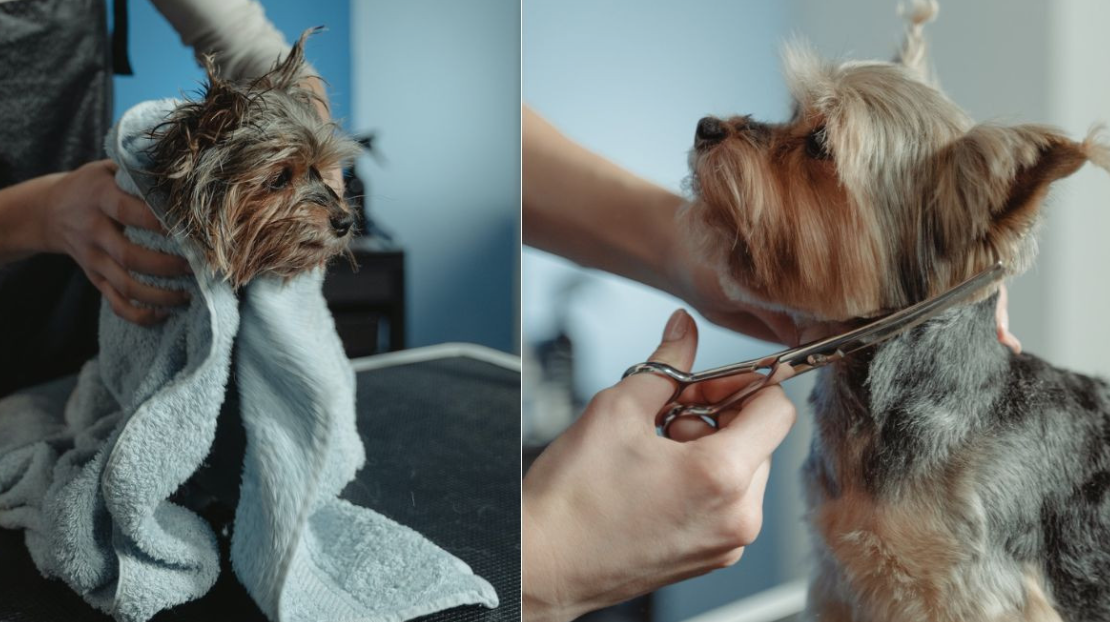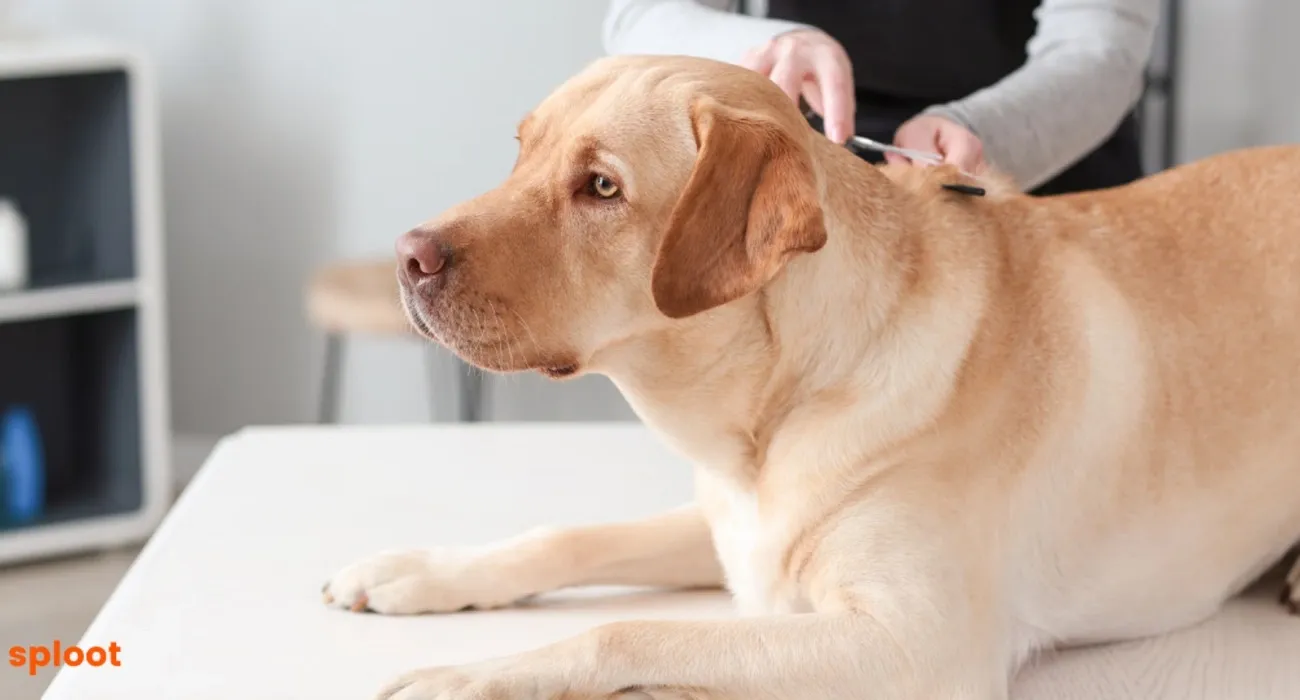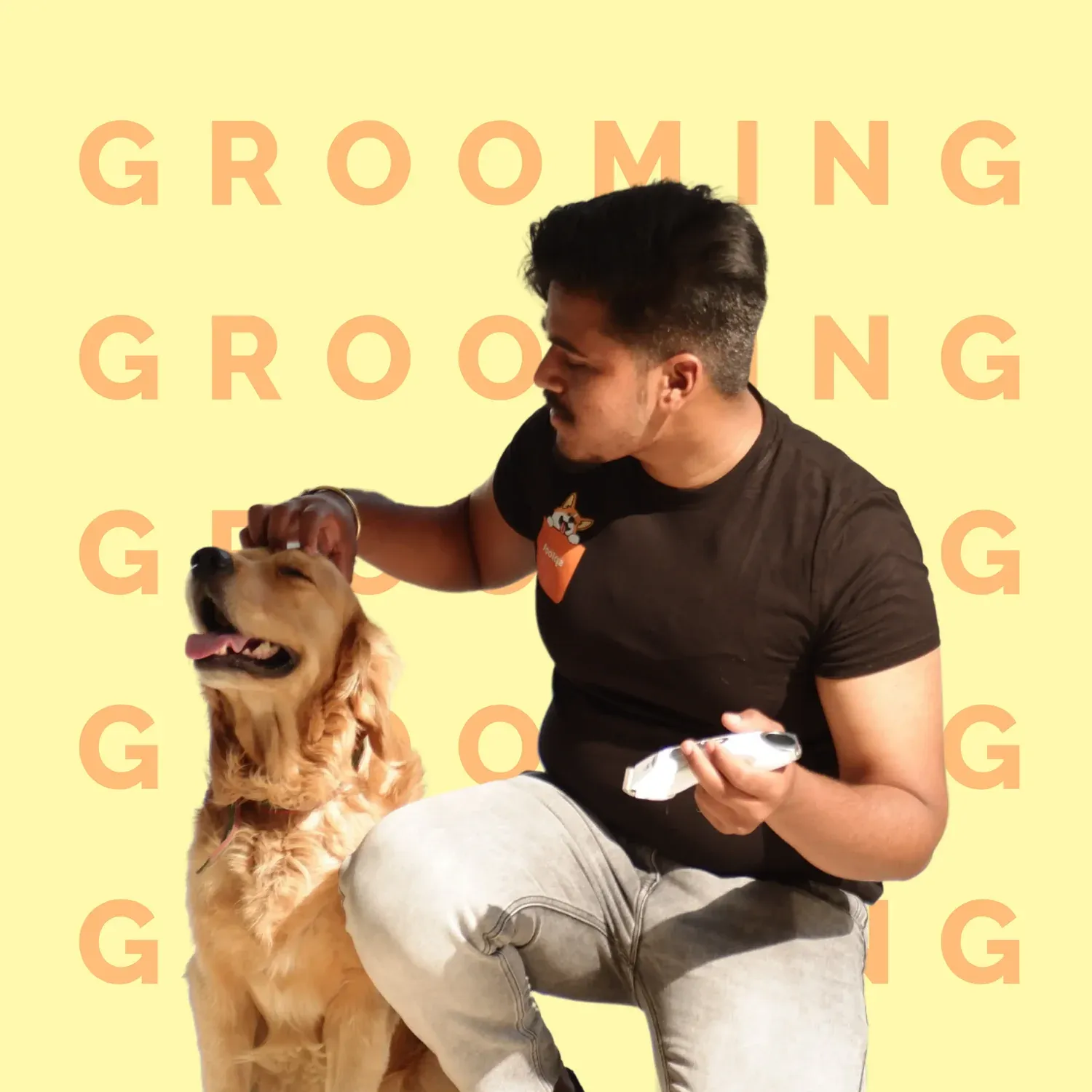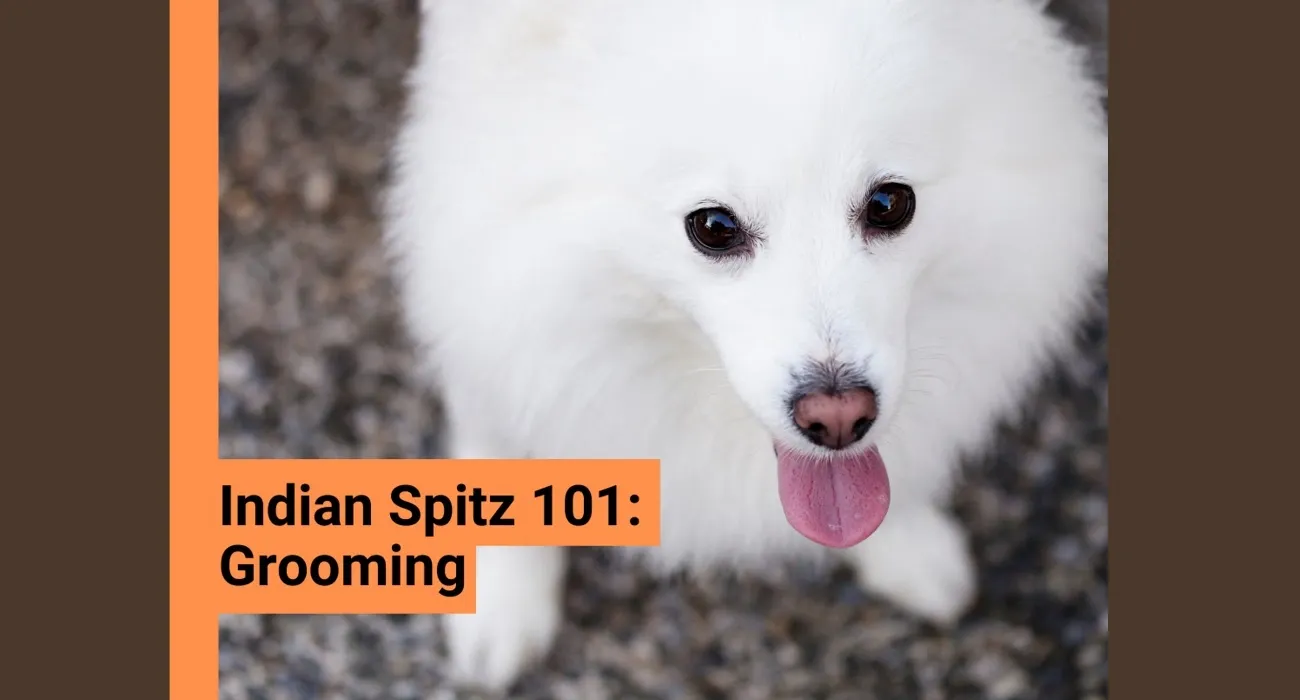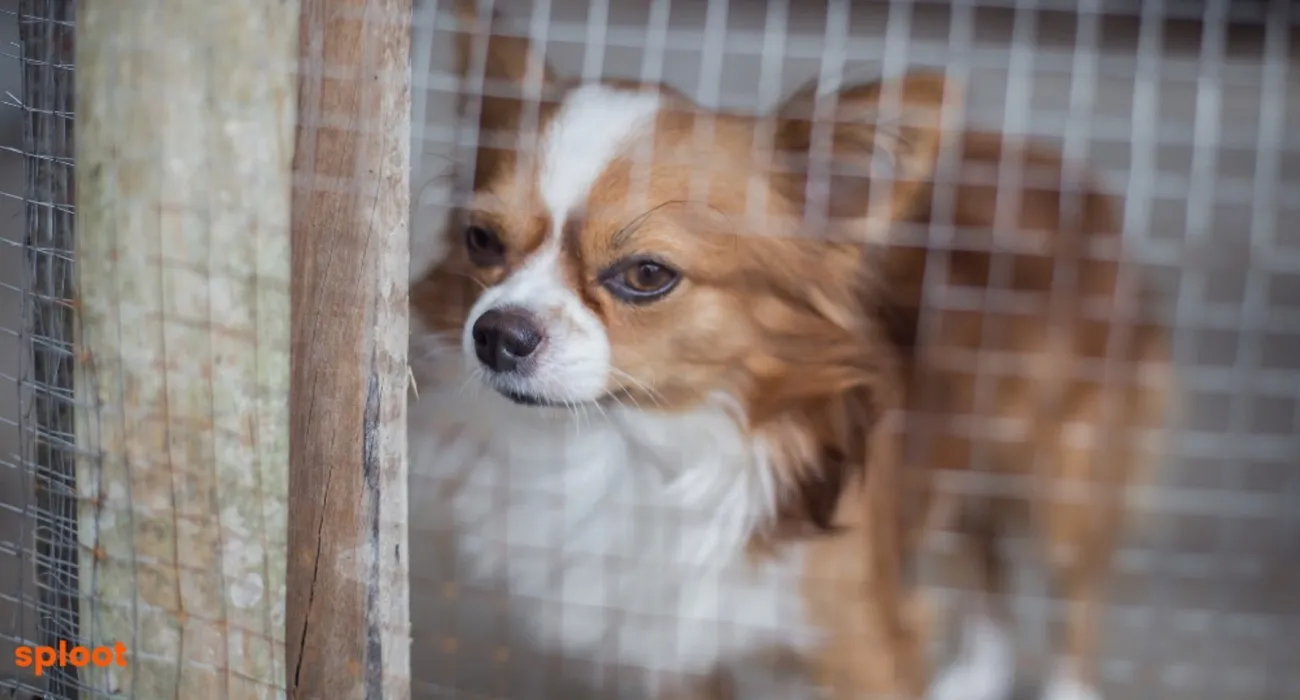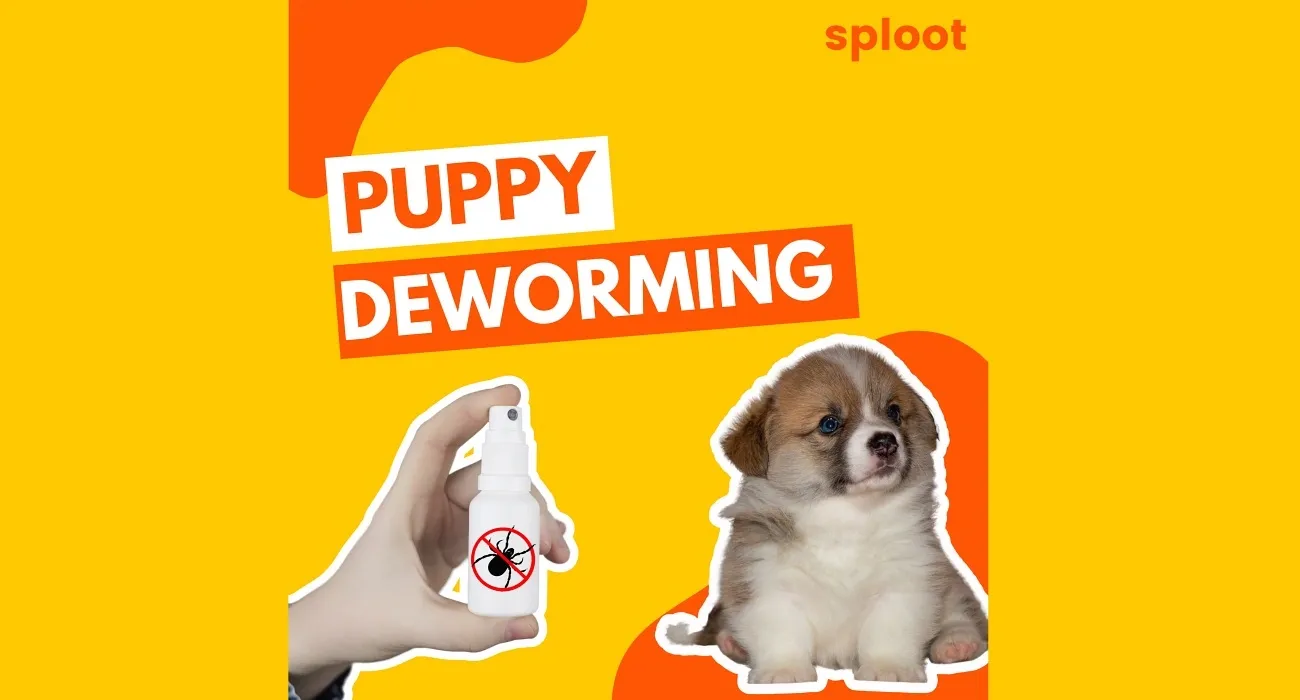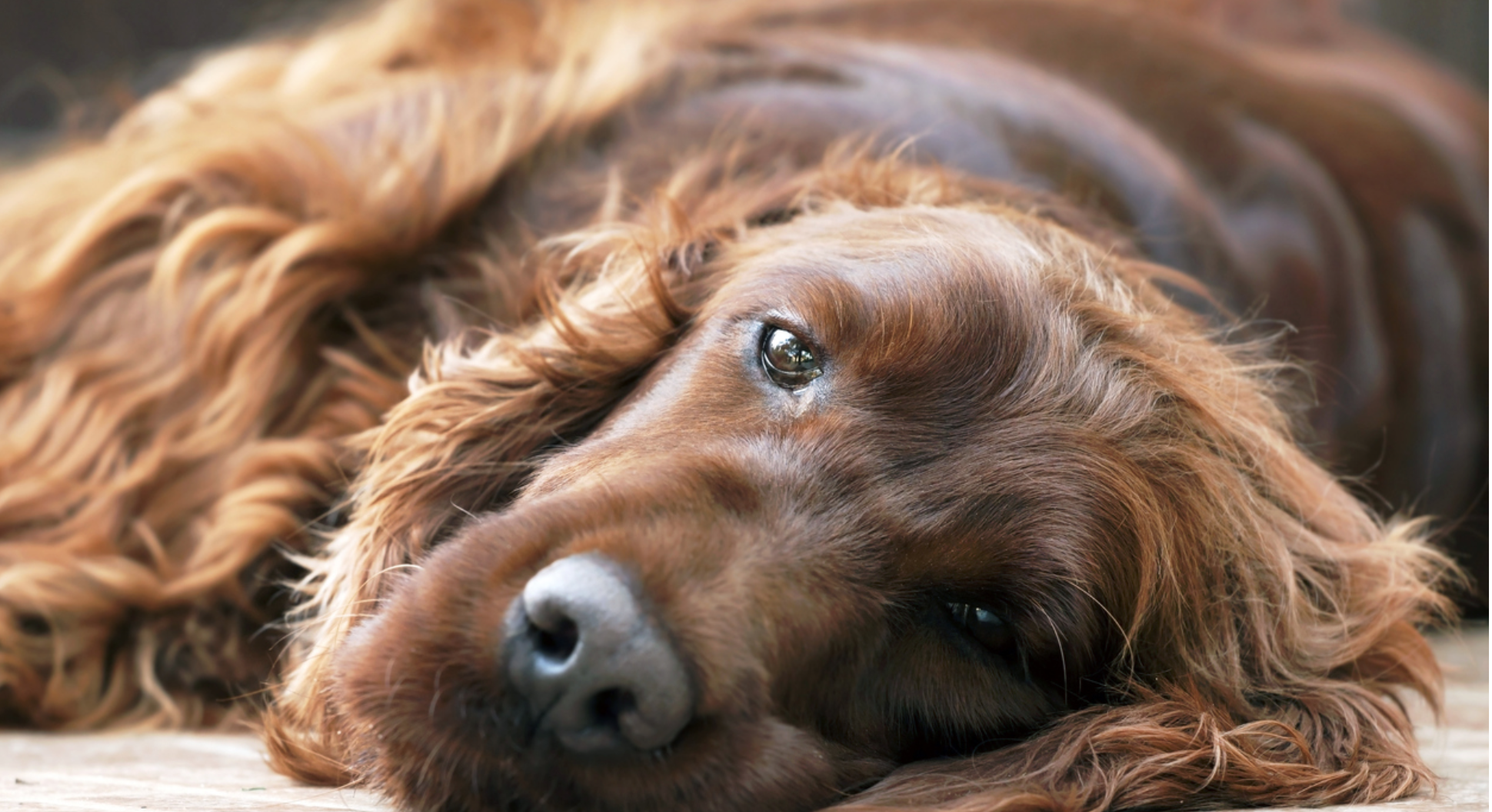Imagine having a dog grooming style guide in hand that answers all your questions about keeping your furry baby clean and healthy. Now, you don’t have to imagine, just keep on reading. This blog is your go-to guide for mastering dog grooming. With the right tools and knowledge, you can groom your dog at home. It will save you money and reduce stress for our furry companions who dislike trips to the groomer. If you’re a new parent, consider going for dog grooming services. Professional groomers have specialized tools and techniques to give your dog a polished look. Let’s get into the details about grooming your dog at home and tips to make the most out of your pet’s next professional grooming session.
Dog Grooming Basics: Setting the Foundation
Dog grooming is the practice of cleaning, styling, trimming, and caring for the overall physical and mental well being of your pet. It helps avoid infections, matting, and keeps away parasites like fleas and ticks from clinging to our furry friends. Grooming also removes loose fur, prevents dryness and skin irritation, and the entire process builds a strong bond between you and your dog.
Now, grooming techniques can differ based on factors such as your dog’s breed, age, and the desired dog grooming style. While the main goal of dog grooming is to make your pet look great, it’s equally important for the groomer to consider the dog’s condition.
Professional Grooming
Professional groomers are trained experts who know how to handle different dog breeds and coat types. They offer services like dog haircuts, nail trimming, and ear cleaning. Grooming sessions with professionals are usually faster and more thorough because they use special tools that you might not have at home. This option is great for parents who don’t know how to groom a dog or have pets with complicated grooming needs.
At Home Grooming
Grooming your pet at home can save you money and make your pet feel more relaxed. It lets you groom your dog regularly in a familiar space, which can be less stressful for them. With the right tools and a bit of learning, you can do basic grooming tasks like brushing, bathing, and trimming nails. However, it might take more time, effort, and preparation such as stocking up on fresh dog food for post grooming care.
What Do Dog Grooming Styles Refer To?
Dog styling refers to different ways of taking care of your furry friend, depending on the dog’s breed, fur type, size, and lifestyle. These styles serve two main purposes: Functional Grooming and Styling Grooming. Depending on the dog’s specific needs, grooming can range from simple maintenance to aesthetic cuts that emphasize beauty and breed specific appearance. Both functional and styling grooming are important for your pet's well-being, comfort, and appearance.
Functional Grooming Vs Styling Grooming
Functional Grooming focuses on keeping the dog clean and comfortable. It includes regular brushing, trimming for comfort, and cleaning ears, nails, and teeth to prevent infections. Here are some examples:
- Golden Retrievers: These dogs have thick, waterproof fur. They need regular brushing to avoid tangles, especially around their ears and legs. A little trimming around their paws and ears helps keep them clean.
- Schnauzers: They need regular hand-stripping to keep their coat looking right. Their grooming includes trimming fur around the eyes to avoid irritation and cleaning their ears often.
- Boxers: They have short fur, so they don't need much trimming. Regular brushing helps remove loose hair, and their nails should be trimmed for comfort.
- Basset Hounds: With their droopy ears and wrinkles, they need regular grooming to keep their ears clean and dry, avoiding infections.
Styling Grooming is about making the dog look good. This type can reflect the breed’s style or the owner’s choice, often for dog shows or just for fun. Here are some popular styles:
- Poodle Cut: This cut features round fluffy areas of fur on the legs and body, giving a neat look while still honoring the breed’s history.
- Teddy Bear Cut: This cute style is for breeds like Shih Tzus and Bichons. The fur is trimmed evenly to create a soft, fluffy look.
- Cocker Spaniel Cut: Cocker Spaniels often have long fur on their ears and a rounded shape around their faces, while their bodies are trimmed shorter for easier upkeep.
- Westie Cut: This style keeps the West Highland Terrier’s body fur short but has a nice puff on its head for a cheerful appearance.
- Shih Tzu Cut: The classic “puppy cut” keeps the Shih Tzu’s fur short and fluffy, making them look adorable.
Tools and Essentials for Dog Grooming Styles
To keep your dog looking good, you need the right tools. Here’s a simple checklist of what you need:
1. Different Brushes:
- Slicker Brushes: Great for long haired dogs to get rid of tangles and mats.
- Bristle Brushes: Best for short-haired dogs to remove loose hair and keep their coat smooth.
- Combs: Useful for untangling and finishing touches, especially for long or curly fur.
2. Clippers and Scissors: For trimming and shaping your dog’s fur.
3. Nail Trimmers and Grinders: Important for keeping your dog's nails at a safe length and avoiding injuries.
4. Dog Shampoo and Conditioner: Bathing different types of dogs require different bathing products depending on their fur type. Make sure the products you use are gentle on sensitive skin.
5. Towels and Dryers: To dry your dog quickly and prevent skin irritation.
How Often Should You Groom Your Dog?
The frequency of grooming depends on your dog’s breed and coat type. Here are some tips to groom different breeds -
- Grooming Short-Haired Dogs: Brush their coat once a week to spread their skin oils. Avoid haircuts, as it can be harmful. If they have an undercoat, brush them every other day to get rid of loose hair.
- Grooming Long-Haired Dogs: Brush them twice a day and bathe them every four to six weeks. Dogs with long hair may need a haircut every 10-12 weeks. Daily brushing can help extend the time between trips to the groomer. If daily brushing isn't possible, plan more frequent visits to professional groomers to keep its coat healthy.
- Grooming Dogs with Thick Undercoats: Use an undercoat rake to help groom your dog better. Remove the undercoat every 10-12 weeks to help the skin breathe without losing warmth.
- Grooming Dogs with Silky Hair: You can brush and comb their coat every day. If you want to give them a regular haircut, do so every four to eight weeks. Silky-haired dogs usually have oily skin and no undercoat, so they need baths more often. Add some baking soda to the water to balance pH levels of the skin.
- Grooming Dogs with Curly or Wire-Hair: For curly-haired dogs, bathe them every four to eight weeks. Wire-haired dogs should have haircuts every four to eight weeks.
Some dogs are stubborn, and dog owners often find it hard to bathe them. If your dog hates water, check online to learn how to bathe a dog that hates water. Remember, regular grooming is important for your pet's health.
General Time Frame:
- Brushing: Once a week for most breeds.
- Bathing: Once a month or as needed based on how dirty your dog gets.
- Professional Grooming: Every 6-8 weeks for long-haired or high-maintenance breeds.
If you’re confused how long does dog grooming take, consider asking an expert. For at home sessions, make sure you shop for your dog supplies beforehand.
Popular Dog Grooming Styles for Popular Breeds
Grooming styles can enhance both the hygiene and appearance of a dog. Here are some popular grooming ideas for well-known breeds:
- Golden Retriever
- Functional Style: A basic trim to keep it clean and tidy.
- Styling Idea: Feathering trims to make the coat look nice and healthy.
- Labrador Retriever
- Functional Style: Regular brushing to control shedding, especially during changing seasons.
- Styling Idea: Short, neat trims for a polished look that's easy to maintain.
- Beagle
- Functional Style: Regular brushing and trimming around the ears to keep them clean.
- Styling Idea: A simple, short trim to keep the coat neat while looking natural.
- Poodle
- Functional Style: Regular brushing and trimming for cleanliness and comfort.
- Styling Idea: The "Poodle Cut," which leaves fluffy areas around the legs and chest for a stylish look.
- Siberian Husky
- Functional Style: Regularly brush to manage their thick fur, especially during seasonal changes.
- Styling Idea: Lightly trim around the paws and private areas while keeping their natural look.
- Maltese
- Functional Style: Brush often to avoid tangles and mats, and give regular trims around the face for cleanliness.
- Styling Idea: The "Puppy Cut," a short and even trim for a cute and easy-to-manage look.
- Afghan Hound
- Functional Style: Brush daily to prevent tangles in their long, smooth fur.
- Styling Idea: Keep a well-groomed show coat with a neatly trimmed face and paws for a classy look.
Join the Sploot Community
Grooming allows you to keep your dog clean, healthy, and comfortable. Whether you need a dog grooming styles guide or want to groom your dog at home or take them to a professional, spending time on grooming will make a big difference.
At Sploot, we invite pet owners to try out grooming routines, connect with other dog lovers, and get expert advice. Download the Sploot app to find professional tips, professional dog walking services, and explore products for your dog's needs. Don't miss out on fun events like AMAs and Pup Talks, and follow us on Instagram for more updates and tips!
FAQs on Dog Grooming
What does FFF mean in dog grooming?
FFF stands for “Fluff, Fuzz, and Fur.” It's a way to describe a dog’s coat texture and how much care it needs when grooming. This helps you choose the right tools and methods for grooming.
How do I groom a dog with sensitive skin or allergies?
Use dog shampoos and conditioners that are hypoallergenic, and choose gentle grooming tools. Pay attention to any skin issues and talk to a vet before you start a new grooming routine.
Can I mix different dog grooming styles for a unique look?
Yes, you can combine different dog styling methods to create a look that suits your dog and your taste, using both practical trims and stylish cuts.
How do I choose a dog grooming styles guide that fits my pet’s needs?
Pick a grooming styles guide based on your dog's breed, coat type, and how active they are. This guide should help you with getting your pup used to being groomed.


